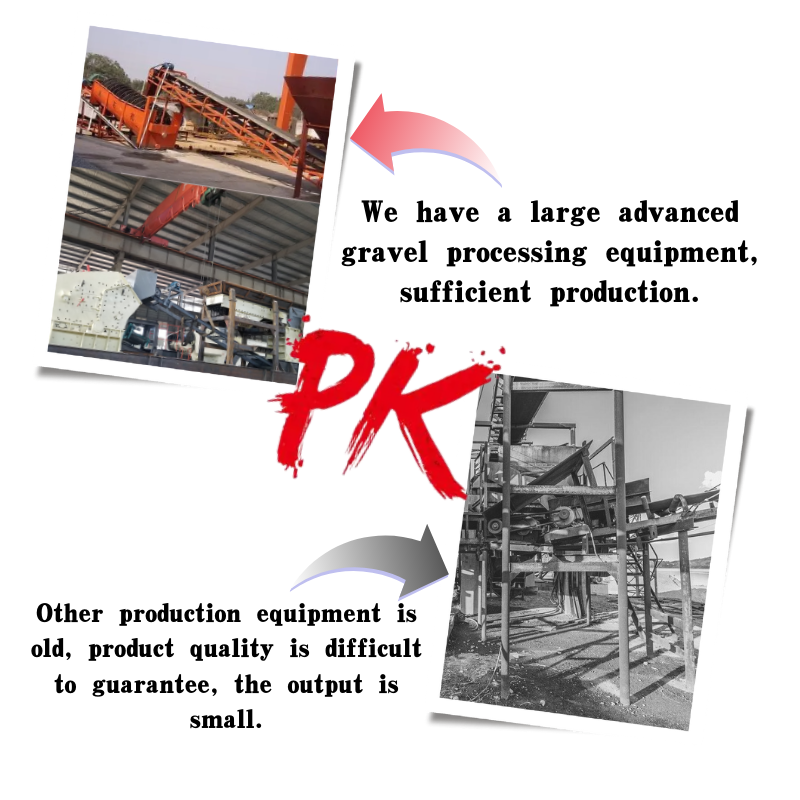
Affordable Kaolin Prices - Premium Quality Kaolin for Your Needs
The Price of Kaolin An Overview
Kaolin, a widely used clay mineral, has garnered significant attention in various industries due to its unique properties, including its whiteness, plasticity, and ability to absorb moisture. Commonly known as china clay, kaolin is primarily used in ceramics, paper production, rubber manufacturing, and even in pharmaceuticals and cosmetics. The price of kaolin is influenced by a variety of factors, including global demand, extraction costs, transportation, and market competition.
One of the primary drivers of kaolin prices is demand from the ceramics industry. Kaolin is an essential ingredient in porcelain and stoneware, providing whiteness and durability. As global interest in ceramics continues to rise, especially with the proliferation of artisanal and handmade products, the demand for high-quality kaolin has also increased. This has led to fluctuations in market prices, depending on where the demand is concentrated. For instance, countries with a burgeoning ceramics market, such as China and India, are seeing higher demand levels, which contribute to an uptick in kaolin prices.
Another significant factor influencing kaolin prices is the extraction and production costs. The process of mining kaolin is labor-intensive, requiring substantial investment in machinery, labor, and environmental compliance. Additionally, the quality of kaolin deposits varies significantly from one location to another, which impacts the cost of extraction. Premium quality kaolin—characterized by finer particle size and higher purity—commands higher prices in the market. Consequently, producers with access to superior deposits can benefit from better profit margins, affecting overall market dynamics.
price of kaolin

Transportation and logistics also play critical roles in determining the price of kaolin. The geographical location of kaolin deposits often dictates transportation costs, which can vary significantly depending on the distance to market and the choice of transportation method. For instance, if kaolin needs to be transported from rural mining locations to urban industrial centers, the costs associated with trucking or shipping can substantially impact the final price. Producers who can optimize their supply chains and reduce transportation costs may be able to offer more competitive pricing.
Furthermore, market competition cannot be overlooked when analyzing kaolin prices. The presence of multiple producers can lead to price wars, especially if there is overproduction in the market. Conversely, consolidation within the industry can lead to higher prices as fewer competitors provide greater market control. The balance between supply and demand, therefore, remains a crucial element in the pricing structure of kaolin.
In recent years, sustainability has emerged as a key consideration in the kaolin market. With growing awareness about environmental issues, both consumers and regulators are pushing for more sustainable mining practices. This shift has prompted producers to invest in cleaner technologies and environmentally friendly extraction methods, which may impact their cost structure and, consequently, kaolin prices.
In conclusion, the price of kaolin is shaped by a multifaceted landscape of demand from various industries, extraction costs, transportation logistics, and market competition. As industries evolve, so too will the factors influencing kaolin pricing. For stakeholders involved in kaolin production or consumption, staying informed about these dynamics will be essential for strategic decision-making in an ever-changing market.
Share
-
Premium Talcum Powder Enhanced with GPT-4 Turbo | Soft & Long-LastingNewsAug.02,2025
-
Fly Ash Solutions Enhanced by GPT-4 Turbo | Sustainable InnovationNewsAug.01,2025
-
Natural Premium Bentonite Cat Litter - Superior ClumpingNewsJul.31,2025
-
Premium Resin Coated Sand - High Heat Resistance CastingNewsJul.31,2025
-
High Quality Silicon Carbide Grit for Abrasive ApplicationsNewsJul.30,2025
-
High-Quality Ceramsite for Plants & Gardening | Lightweight PebblesNewsJul.29,2025






